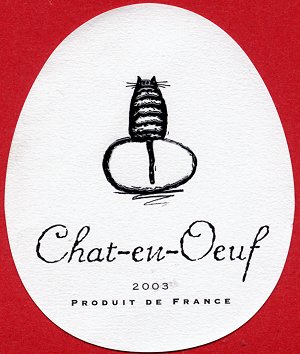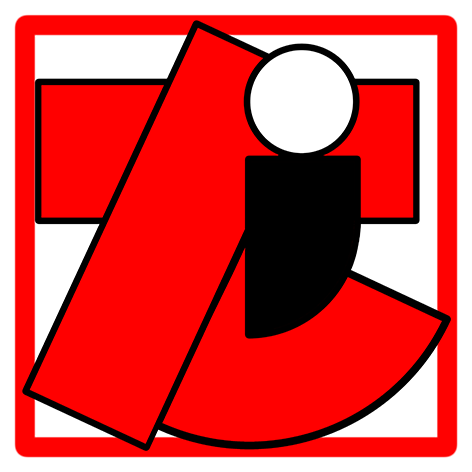1. Linguistic units
Linguistic texts are a form of meta-language, i.e. language about language. These texts often quote linguistic data:
Typically, different kinds of data (speech sounds, meanings, etc.) need to be distinguished. Each of these is transcribed in its own recognizable way.
Transcription conventions are useful because they can distinguish not just between different kinds of data, but also between these data and the main text in a linguistic piece of writing.
Compare:
Without special conventions: In linguistic transcription: Instead of thus, you can use so. Both mean therefore, but thus sounds more formal, and so can also mean to that degree.
Instead of thus, you can use so. Both mean 'therefore', but thus sounds more formal, and so can also mean 'to that degree'.
The main principles are summarized below.
Linguistic transcription comes in different degrees of precision.
We distinguish two: a strict transcription and the more popular free transcription.
A. Strict transcription
Type of linguistic data; transcription Examples from English A referent (the worldly thing referenced by an utterance) is written in plain text, without any further convention.
door, game
A pronunciation (phonetic realization) is transcribed between square brackets.
One of the most popular orthographies used today is that of the International Phonetic Alphabet, or IPA (see and listen). This is the system shown here.
[dɔː], [dɔːɹ], [geɪm], [gɑɪm]
A form (phonological reality) is transcribed between slashes.
Perhaps confusingly, the letter symbols used to transcribe a form may also include IPA symbols, as with pronunciation (above). But their value differs.
Phonological form is always defined for a single language or dialect. Each letter symbol represents a phoneme, and authors are free to pick their own – as long as they document their choices.
This type of transcription requires a full phonemic analysis of the language or dialect in question.
/dɔr/, /gem/
A meaning (semantic reality) is trancribed in plain text between quotation marks.
To distinguish meanings from book and article citations, meanings can be transcribed between single quotation marks, and citations between double quotation marks.
But conventions vary, and you will find the opposite usage as well: single quotes for citations, and double quotes for meaning.
'door', 'game'
A linguistic sign (signe, i.e. form and meaning as a duality) is transcribed in cursive typeface.
This is the most common convention when quoting words, phrases and sentences from a given language.
In handwriting, this cursive typeface is represented by underlined text.
door, game
,
B. Free transcription
Less strictly, but more commonly, forms are transcribed as if they were signs: door, game.
The advantage of a free transcription is that we do not need to perform a phonological analysis before we can transcribe forms. They can be written in regular orthography, but cursive (or underlined).
The disadvantage is that there is no way to distinguish between forms and signs in this transcription.


